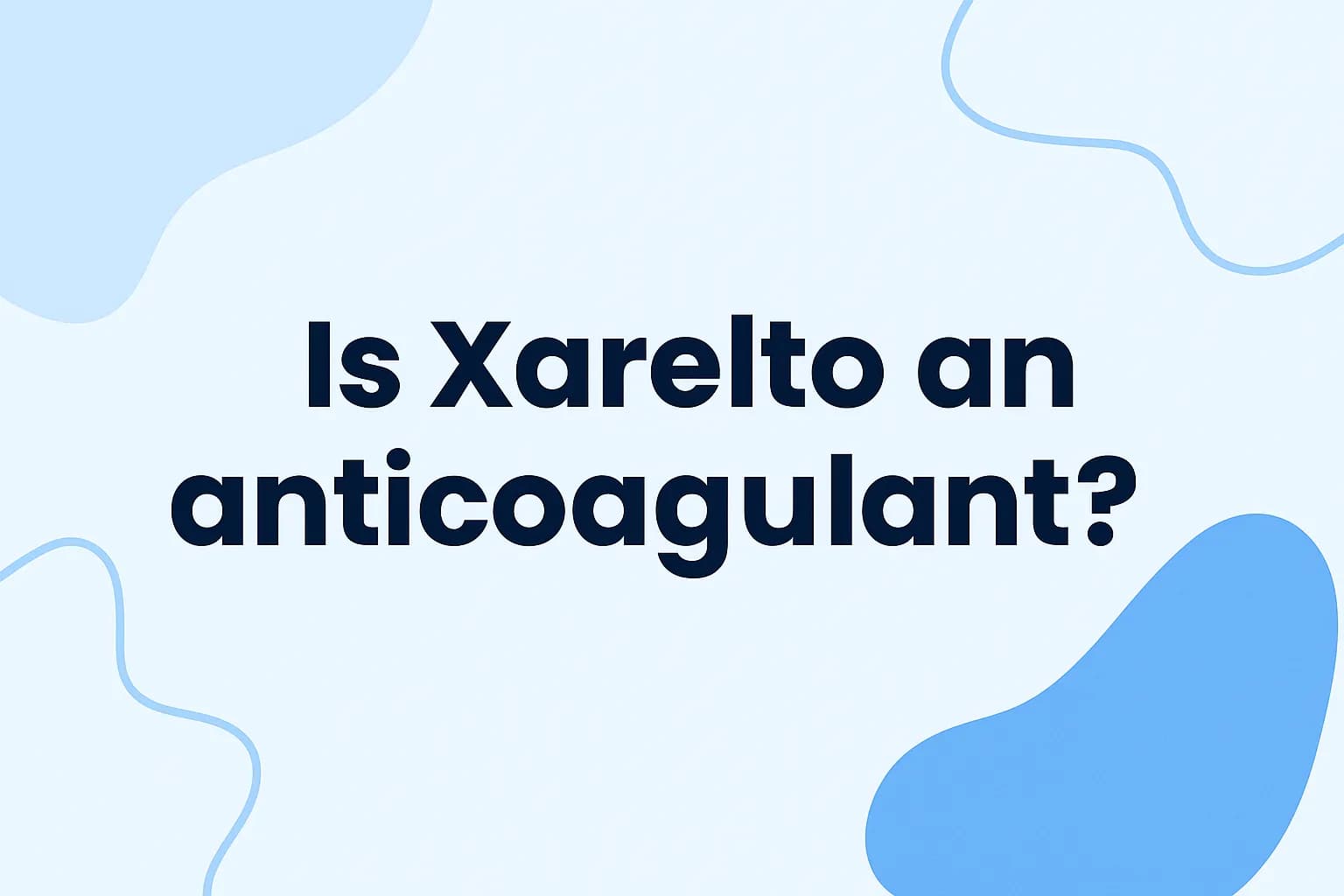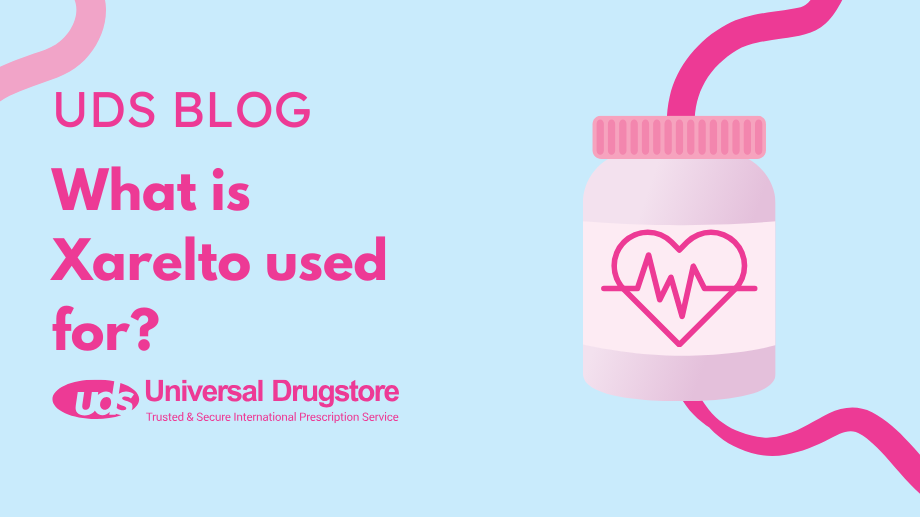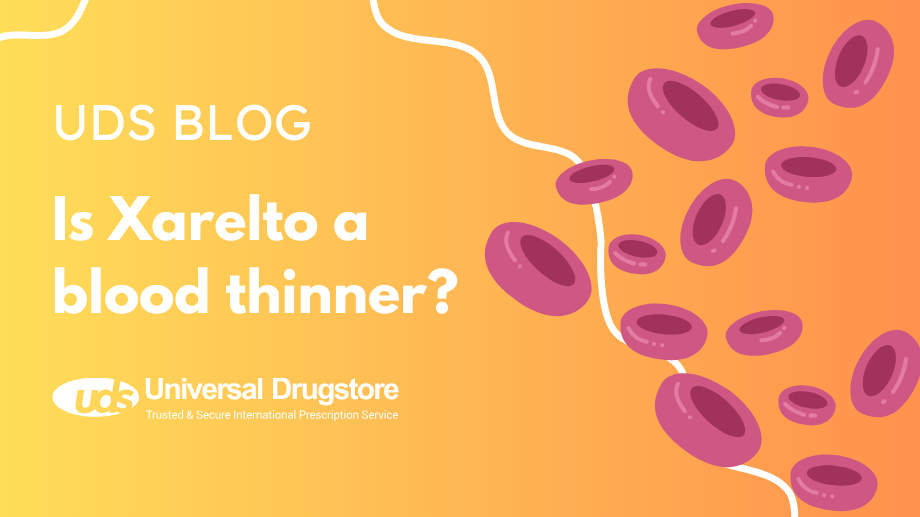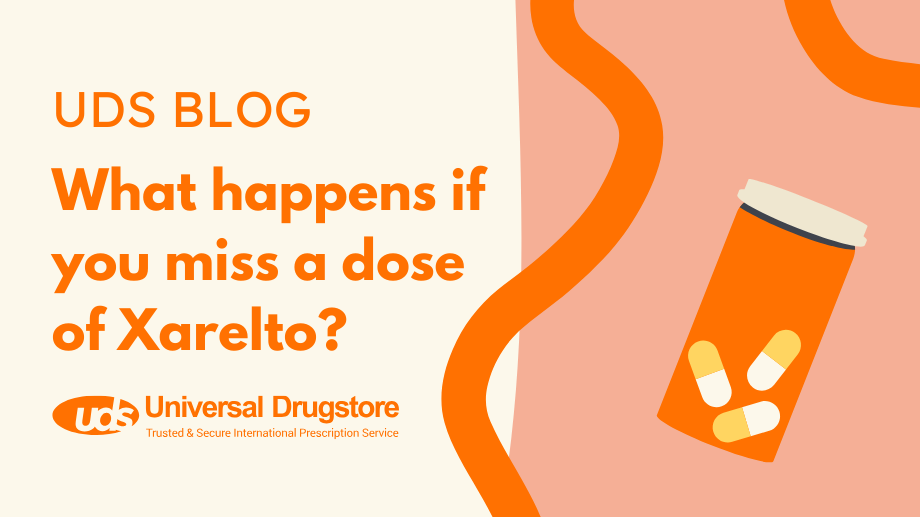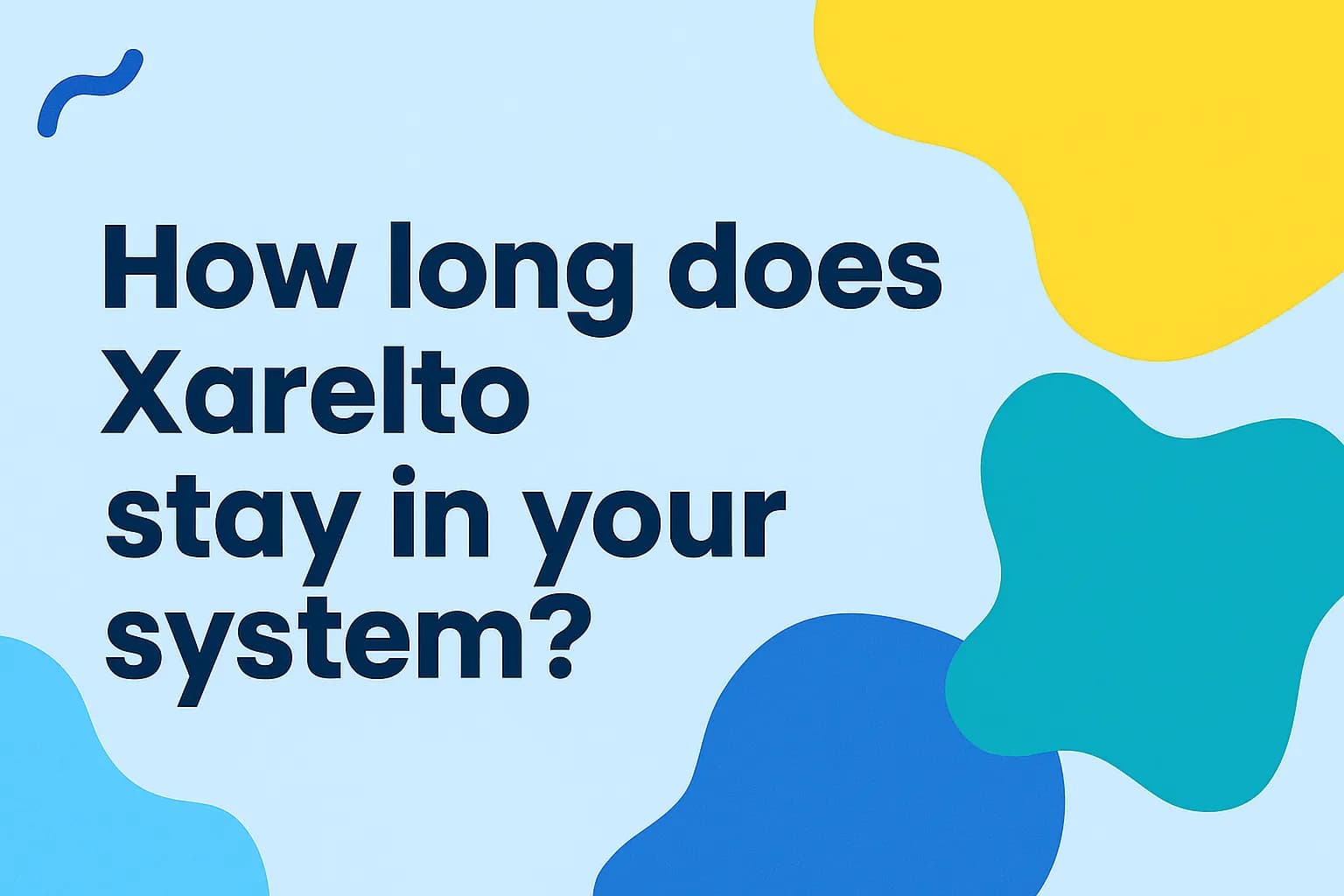What happens if you miss a dose of Xarelto?
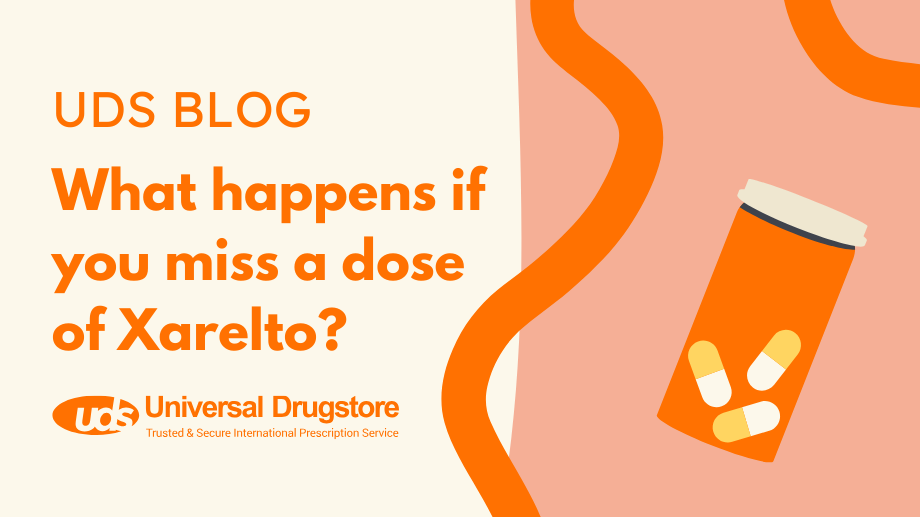
Xarelto (rivaroxaban) is a prescription anticoagulant or blood thinner that is typically taken once or twice daily to treat blood clots. Some children taking the oral suspension may take it up to three times a day.
You should not change your dose of Xarelto or stop taking it unless directed by your healthcare provider. Stopping this medication can increase your risk of blood clots, heart attack, and stroke.
Adults
If you take Xarelto once a day and miss a dose, take it as soon as you remember on the same day. Then take your next dose at its regular scheduled time the next day. Never double up on your dose to make up for the missed dose.
If you are taking Xarelto twice a day and miss a dose, you should take it as soon as you remember on the same day. You can take 2 doses at the same time to make up for the missed dose. You should then take your next dose at its next scheduled time.
If you are taking Xarelto 2.5 mg twice a day and miss a dose, just take your next dose at its regular scheduled time.
Children
For children, their doctor will determine the dose based on their body weight. They will let you know if your child can take Xarelto with or without food.
If your child vomits or spits up right after or within 30 minutes of taking the oral suspension, give a new full dose. If this happens more than 30 minutes after taking it, skip the dose and give them their next dose at the regularly scheduled time.
If your child is taking Xarelto once a day and misses a dose, give it as soon as you remember on the same day. If this is not possible, skip the missed dose and give the next dose at its next scheduled time.
If your child is taking Xarelto twice a day and misses a dose, give the missed morning dose right away. You can combine the missed morning dose with the evening dose. However, if they miss an evening dose, you can only give it to them in the same evening.
If your child is taking Xarelto three times a day and misses a dose, skip the missed dose and give the next dose at its next scheduled time.
In this article, we will explain what Xarelto is used for, how it works, its side effects, drug interactions, warnings, and answer some frequently asked questions.
Xarelto FAQs
What conditions are Xarelto prescribed to treat?
Xarelto is a brand-name medication manufactured by Janssen Pharmaceuticals, Inc. It works by inhibiting the formation of thromboembolism (blood clots), which can prevent heart attacks and strokes.
It is used in adults to:
- Reduce the risk of stroke and blood clots if you have non-valvular atrial fibrillation.
- Treat and prevent deep vein thrombosis (DVT).
- Treat and prevent pulmonary embolism (PE).
- Lower the risk of cardiovascular events such as heart attack or stroke if you have coronary artery disease or peripheral arterial disease when taken with low-dose aspirin.
- Prevent PE and DVT after knee and hip replacement surgery.
- Reduce the risk of DVT or PE from occurring again.
It is used in children to:
- Treat and prevent DVT or PE in those who have received at least 5 days of injectable blood thinner.
- Prevent blood clots in children 2 years of age and older with a congenital heart disease who have undergone a Fontan procedure.
How does Xarelto work?
Blood clots form through two important processes: the coagulation cascade and platelet activation. Blood thinners work by targeting steps in each of these processes. Xarelto belongs to a drug class called factor Xa inhibitors. Factor Xa is a clotting factor that is a key enzyme involved in the coagulation cascade. By preventing factor Xa from working properly, Xarelto reduces your blood’s ability to form clots. This helps manage conditions like DVT and PE while also reducing the risk of stroke in people with atrial fibrillation. However, it is important to note that while Xarelto prevents clot formation, it does not dissolve existing clots.
How do you take Xarelto?
It is important to follow the prescribed dosage instructions provided by your healthcare provider. Your healthcare provider will determine the appropriate duration of treatment based on your individual needs and response to therapy.
You should read all of the FDA-approved patient labeling, including the Medication Guide, Prescribing Information, and Instructions for Use before starting treatment.
Xarelto is typically taken by mouth once or twice a day, depending on the condition. For most conditions, taking Xarelto with food is recommended, especially the 15 mg and 20 mg tablets.
What are the possible side effects of Xarelto?
The most common side effect of Xarelto include:
Adults:
- Minor bleeding such as nosebleeds
Children:
- Bleeding
- Cough
- Vomiting
- Stomach virus
- Rash
Other possible side effects include:
- Back pain
- Dizziness
- Headache
- Fatigue
- Stomach pain
- Pain in the arms and legs
- Anxiety
- Trouble sleeping
Rarely, Xarelto can cause serious side effects such as:
- Severe bleeding
- Allergic reactions including anaphylaxis
- Spinal or epidural blood clots
Are there drug interactions with Xarelto?
Xarelto may interact with other prescription drugs, over-the-counter medications, vitamins, and herbal supplements. Some examples include:
- Anticoagulants (heparin, aspirin, clopidogrel, NSAIDs)
- CYP3A4 inhibitors (erythromycin, ketoconazole, ritonavir)
- CYP3A4 inducers (rifampin, carbamazepine, phenytoin, St. John’s wort)
- SNRIs
Boxed Warning
The FDA’s Boxed Warning for Xarelto includes:
- Stopping Xarelto too soon increases the risk of blood clots.
- Spinal or epidural hematomas can occur, potentially leading to paralysis.
What precautions are there with Xarelto?
Before starting on Xarelto, inform your doctor if you have:
- Any bleeding problems
- Kidney or liver problems
- Antiphospholipid syndrome
- An artificial heart valve
- A scheduled surgery
- Are pregnant or breastfeeding
How long does Xarelto stay in your system?
The half-life of Xarelto depends on age. For adults aged 20 to 45 years, it is 5 to 9 hours, meaning it stays in the system for 25 to 45 hours. For older adults aged 60 to 76 years, the half-life is 11 to 13 hours, so it may stay for 55 to 65 hours.
What is the difference between Xarelto and warfarin?
Warfarin and Xarelto are both blood thinners. Xarelto doesn’t require regular blood tests, has fewer drug interactions, and does not require dietary changes. Warfarin is cheaper but requires close monitoring and dietary restrictions.
Does Xarelto have significant drug interactions similar to warfarin?
Xarelto has fewer interactions than warfarin. However, it still interacts with certain medications. You should not take it with other blood thinners or NSAIDs unless directed by your doctor. Always disclose all medications and supplements you are taking.
What is the recommended dosage of Xarelto for different conditions?
Adults:
- AFib: 20 mg once a day in the evening
- DVT/PE treatment: 15 mg twice a day for 21 days, then 20 mg once a day
- DVT/PE prevention: 10 mg once a day for at least 6 months
- After surgery:
- Hip: 10 mg once a day for 35 days
- Knee: 10 mg once a day for 12 days
- Hospitalization: 10 mg once a day for 31 to 39 days
- CAD and PAD: 2.5 mg twice daily with aspirin
Children:
Dose is based on body weight, taken 1 to 3 times a day.
Related medications
- Eliquis (apixaban)
- Pradaxa (dabigatran)
- Arixtra (fondaparinux)
- Savaysa (edoxaban)
- Coumadin (warfarin)
- Lovenox (enoxaparin)
